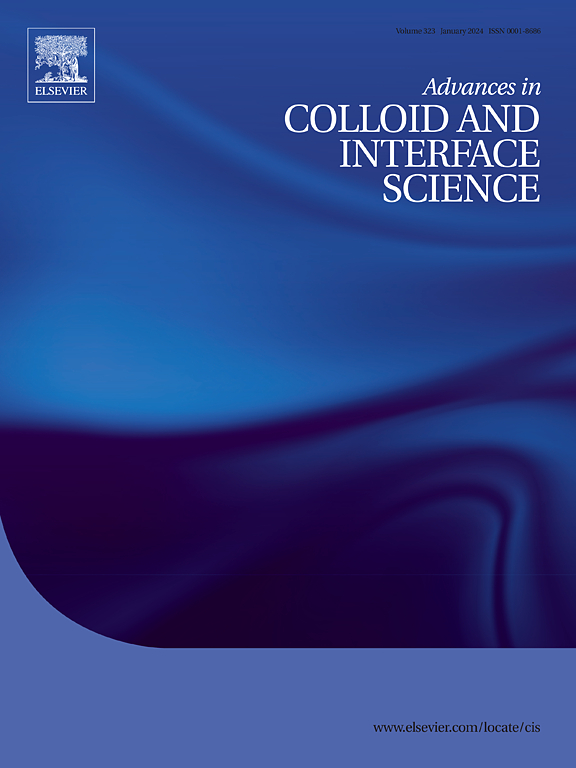Characterizing the foaming process of polymers: Review of experimental methods
IF 19.3
1区 化学
Q1 CHEMISTRY, PHYSICAL
引用次数: 0
Abstract
Polymer foams have become increasingly significant in both scientific research and commercial applications due to their wide range of uses. Traditionally, the optimization of polymer foaming processes has relied on time-consuming trial-and-error methods, which has delayed scientific progress in this area. Recent studies suggest that achieving the desired foam properties requires the simultaneous optimization of both formulation and process. This approach moves beyond basic “before” and “after” investigations, advocating for a more thorough exploration of the entire foam expansion process, from the initial mixture to the final polymer foam. In this review article, we provide a detailed overview of the existing experimental techniques for in-situ characterization of the foaming process across various types of polymer foams, with a natural emphasis on polyurethane systems due to their prominent representation in the academic literature. We examine the strengths and weaknesses of these methods and provide recommendations for future advancements in this field. By carefully adopting these more advanced approaches, it is possible to better understand and optimize the foaming process, leading to improved control over final properties of polymer foams. This review aims to contribute to enhancing the academic and practical knowledge of polymer foaming, ensuring more efficient and innovative developments in the industry.

聚合物发泡过程的表征:实验方法综述
聚合物泡沫塑料由于其广泛的用途,在科学研究和商业应用中变得越来越重要。传统上,聚合物发泡工艺的优化依赖于耗时的试错方法,这延缓了该领域的科学进展。最近的研究表明,实现理想的泡沫性能需要同时优化配方和工艺。这种方法超越了基本的“之前”和“之后”的研究,主张对整个泡沫膨胀过程进行更彻底的探索,从最初的混合物到最终的聚合物泡沫。在这篇综述文章中,我们详细概述了现有的实验技术,用于原位表征各种类型的聚合物泡沫的发泡过程,并自然地强调聚氨酯系统,因为它们在学术文献中具有突出的代表性。我们研究了这些方法的优点和缺点,并为该领域的未来发展提供了建议。通过仔细采用这些更先进的方法,可以更好地了解和优化发泡过程,从而改善对聚合物泡沫的最终性能的控制。本文旨在提高聚合物发泡的学术和实践知识,确保行业更高效和创新的发展。
本文章由计算机程序翻译,如有差异,请以英文原文为准。
求助全文
约1分钟内获得全文
求助全文
来源期刊
CiteScore
28.50
自引率
2.60%
发文量
175
审稿时长
31 days
期刊介绍:
"Advances in Colloid and Interface Science" is an international journal that focuses on experimental and theoretical developments in interfacial and colloidal phenomena. The journal covers a wide range of disciplines including biology, chemistry, physics, and technology.
The journal accepts review articles on any topic within the scope of colloid and interface science. These articles should provide an in-depth analysis of the subject matter, offering a critical review of the current state of the field. The author's informed opinion on the topic should also be included. The manuscript should compare and contrast ideas found in the reviewed literature and address the limitations of these ideas.
Typically, the articles published in this journal are written by recognized experts in the field.

 求助内容:
求助内容: 应助结果提醒方式:
应助结果提醒方式:


